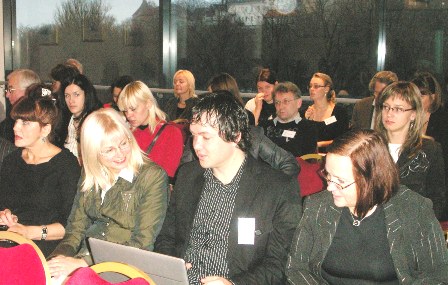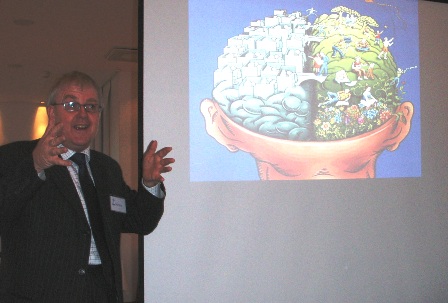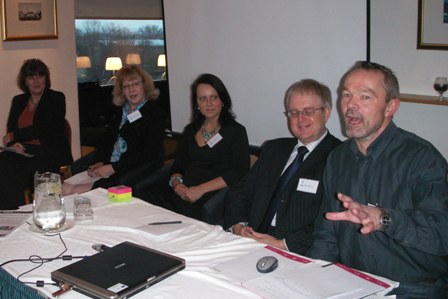Other board members are: Ewelina Suchocka (
The annual meeting made its contribution to the EC Green paper on Territorial cohesion by focusing on the exodus from rural areas of the Baltic Sea Region. Something has to be done if smaller places and regions should be sustained. Already the emigration of young and talented people is the major threat to the countryside. Lack of diversity, qualified labor, innovators and competitive infrastructure in so called peripheral areas is keeping

The Living Cities conference presented many interesting speeches. Mr. Philip Wood from UK gave an excellent presentation based on his book about the Intercultural city. He also pointed out the need for both public and private innovation in order to create sustainable cities and in particular the need of breaking up the “silos” and melt together innovative teams from authorities, private enterprises, universities and research institutions. Mr. Wood has been the director of Huddersfield Creative Town Initiative and he presented statistics which showed how the old industrial town Huddersfield has changed and simultaneously advanced at the attractiveness ranking. He and other speakers focused on the need for addressing and engaging young citizens in the development of society, entrepreneurship and job creation.
The conference participants who came from 10 countries were presented to how Tallinn is working with culture, art and development and how the central government is working with regional policy. The question about immigration as one possible strategy for stopping the decline in population was heavily debated. Obviously the Estonian government or local authorities have for the time being no clear strategy at this point in difference to Scandinavian and other countries where the immigration is the main reason for the increase of population.
The conference was also given practical examples from Mandal city in Norway, Türi town in Estonia, Suwalki city in Poland and Jelgava District in Latvia about how its possible to work with innovation and development issues from different perspectives like architecture, youths, culture and internationalization.
The conference gathered people from different European cities governmental organizations as well as private businesses, NGO’s and even individual persons. Despite of these formal differences the atmosphere of the conference was extraordinary friendly. During some speeches Innovation Circle Network was simply being called a family. A family which has common goals towards attractive communities.

Please find the presentations from the LIVING CITIES conference below

